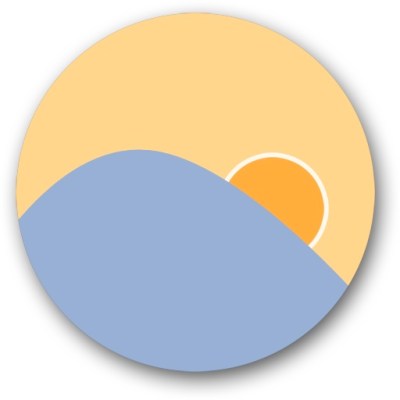F.lux! If you haven’t heard of it, be warned: once you get used to f.lux, you’ll probably find yourself annoyed whenever you use a computer that doesn’t have it.
The theory behind f.lux: your body’s internal clock is largely driven by daylight. Your monitor, and the bright, blue light it emits, can be perceived by your brain as daylight. Which is great… during the day.
At night, though, it mucks with your brain and makes it harder to get sleepy. F.lux gradually “warms” the overall color of your display around sunset, which, at least in theory, helps to counter the negative effects your monitor has on your sleep schedule.
Placebo? Perhaps! But a lot of people — myself included — have found f.lux to be surprisingly effective*. Meanwhile, there’s tons of research indicating that bright blue light is bad news if you’re looking to sleep any time soon.
[* With that said, plenty of people totally hate the idea of some app screwing with their display’s colors. Fortunately, f.lux is free — so there’s not really any harm in seeing how it works for you.]
Up until now, all of f.lux’s logic been timed entirely around the sunrise and sunset in your locale. If you like staying up a bit later than most people (or if you work the graveyard shift), using f.lux was kind of a pain.
As of a beta of the OS X version released yesterday morning, however, f.lux adjusts to your personal sleep schedule. You punch in when you generally wake up, and f.lux will adjust its scheduling accordingly. Want flux to stay bright until just before midnight? It can do that, now.
Beyond the smarter scheduling features, the new beta also introduces a few other tricks:
- Intentionally pulling an all-nighter? You can now check a box to disable f.lux until the next sunrise.
- “Movie Mode”, which keeps f.lux in check for 2 1/2 hours to prevent it from messing with whatever you might be watching.
- “Darkroom” mode, which changes your screen’s colors to red, instead of a warm orange
- The app is now less resource intensive
You can find the new f.lux beta right over here.
